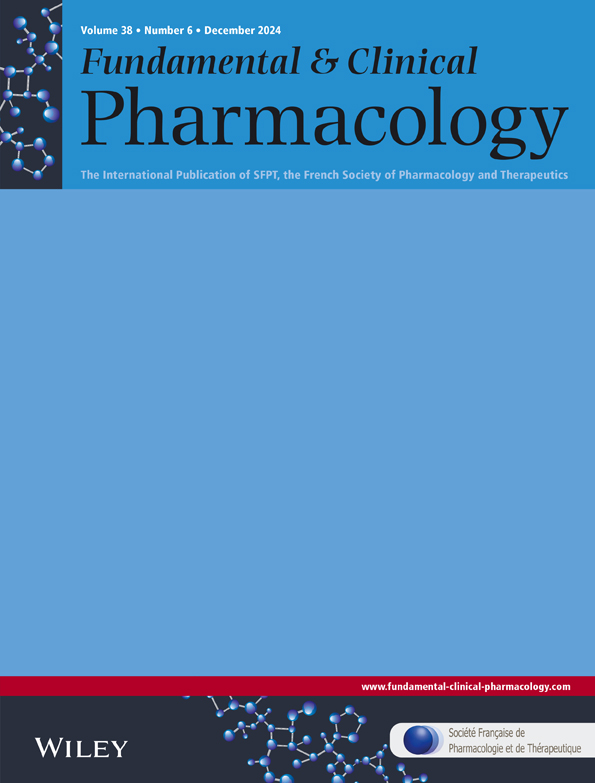Sodium-glucose cotransporter-2 inhibitor (SGLT2i) plus glucagon-like peptide type 1 receptor combination is more effective than SGLT2i plus dipeptidyl peptidase-4 inhibitor combination in treating obese mice metabolic dysfunction-associated steatotic liver disease (MASLD)
Funding information: This study was funded by the Conselho Nacional de Desenvolvimento Científico e Tecnológico (Brazil) (Grant No. 305993/2021-6 to CML) and Fundação Carlos Chagas Filho de Amparo à Pesquisa do Estado do Rio de Janeiro (FAPERJ, Grant No. E-26/200.936/2021 to CML). In addition, PRB received a post-doctoral bursary from FAPERJ (Grant No. E-26/205.749/2022). These foundations did not interfere in the execution and submission of the manuscript.
Abstract
Background
Monotherapy to treat obesity-associated liver insult is limited.
Objectives
In diet-induced obese mice showing metabolic dysfunction-associated steatotic liver disease (MASLD), we aimed to compare the combinations of sodium-glucose cotransporter-2 inhibitor (SGLT2i, empagliflozin, E), dipeptidyl peptidase-4 inhibitor (DPP4i, linagliptin, L), and glucagon-like peptide type 1 receptor agonist (GLP1RA, dulaglutide, D).
Methods
Male 3-month-old C57BL/6J mice were fed for 12 weeks in a control (C, n = 10) or high-fat (HF, n = 30) diet. Then, mice were followed for three additional weeks: C, HF, HF E + L, and HF E + D (n = 10/group).
Results
HF versus C showed higher hepatic triacylglycerol (TAG, +82%), steatosis (+850%), glucose intolerance (+71%), insulin (+98%), and insulin resistance (+68%). Compared to the HF group, HF E + L showed lower glucose intolerance (−60%), insulin (−61%), insulin resistance (−46%), TAG (−61%), and steatosis (−58%), and HF E + D showed lower glucose intolerance (−71%), insulin (−58%), insulin resistance (−62%), TAG (−61%), and steatosis (−82%). The principal component analysis (PCA) placed the HF group and the HF E + D group on opposite sides, while the HF E + L group was placed between C and HF E + D.
Conclusion
PCA separated the groups considering the metabolism-related genes (glucose and lipid), mitochondrial biogenesis, and steatosis. The two pharmacological combinations showed beneficial effects in treating obesity and MASLD. However, the combination of SGLT2i and GLP1RA showed more potent beneficial effects on MASLD than SGLT2i and DPP4i and, therefore, should be the recommended combination.
CONFLICT OF INTEREST STATEMENT
The authors declare no conflict of interest or financial interest in the current submission.
Open Research
DATA AVAILABILITY STATEMENT
The data analyzed during the current study are available from the corresponding author upon reasonable request.




